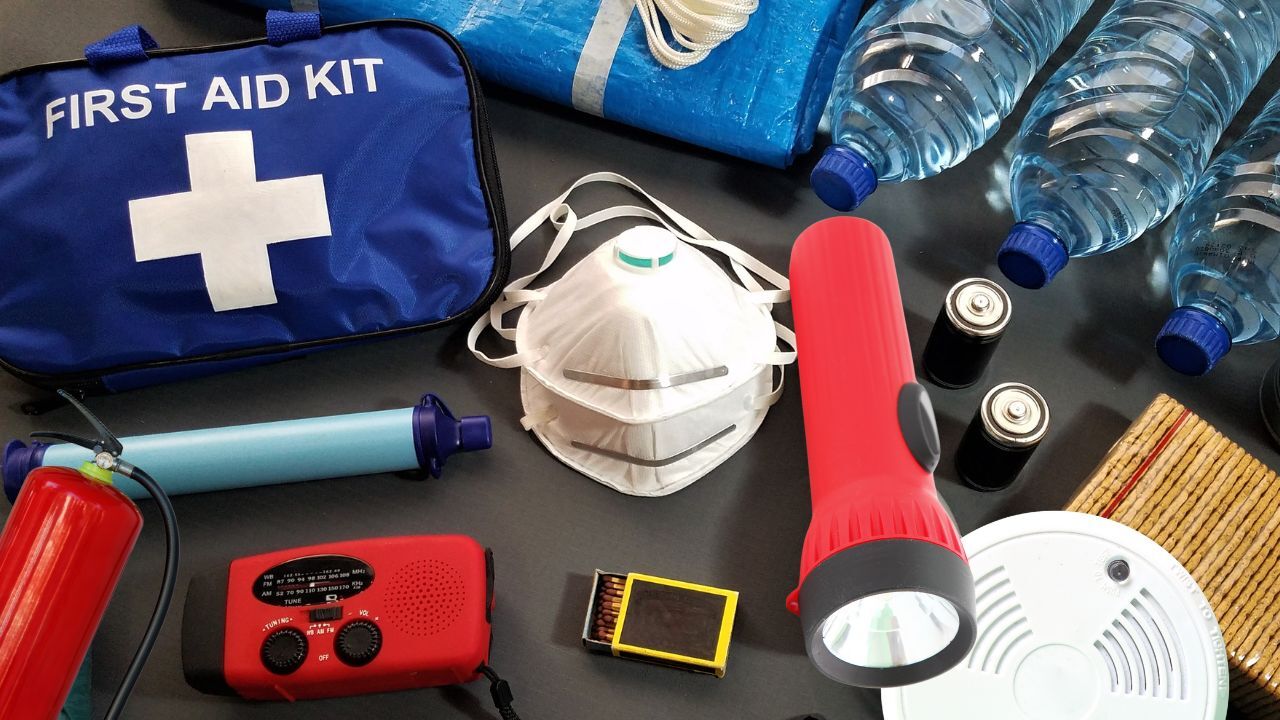 Ensuring a home is equipped with the right safety devices is crucial for protecting both family members and property. From fire prevention to emergency preparedness, having the right tools in place can make all the difference in a crisis. Here are ten essential safety items that every household should have.
Ensuring a home is equipped with the right safety devices is crucial for protecting both family members and property. From fire prevention to emergency preparedness, having the right tools in place can make all the difference in a crisis. Here are ten essential safety items that every household should have.
- Smoke Alarms
Smoke alarms are a fundamental part of fire safety. They detect smoke and alert occupants to danger, allowing time for evacuation. It’s essential to install smoke alarms on every floor, inside bedrooms, and in hallways. Regularly test them, replace batteries as needed, and consider interconnected models so all alarms sound when one is triggered. - Carbon Monoxide Detectors
Carbon monoxide (CO) is a colorless, odorless gas that can be fatal. CO detectors alert occupants when dangerous levels are present. These should be placed near sleeping areas and on each floor of the home. Regular maintenance and battery replacements ensure they function properly. - Fire Extinguishers
A fire extinguisher can stop small fires from spreading. Multipurpose extinguishers should be placed in key areas such as the kitchen, garage, and near fireplaces. Everyone in the household should know how to use them properly, following the PASS method: Pull the pin, Aim at the base, Squeeze the handle, and Sweep side to side. - First Aid Kits
Having a first aid kit readily available can be lifesaving in an emergency. A well-stocked kit should include bandages, antiseptic wipes, adhesive tape, scissors, tweezers, pain relievers, and a first-aid manual. Keeping kits in both the home and car ensures accessibility when needed. - Security Systems
A home security system provides protection against potential intrusions. Basic systems include door and window sensors and motion detectors, while advanced setups offer surveillance cameras, smart locks, and mobile alerts. Even the presence of a security system can deter burglars. - Emergency Escape Ladders
For multi-story homes, emergency escape ladders are essential in case of a fire. These provide a safe exit from the upper floors when doorways are inaccessible. Storing them near windows and practicing their use can improve preparedness. - Flashlights and Batteries
Power outages can occur unexpectedly, making flashlights essential. Keeping them in accessible locations, along with extra batteries or rechargeable options, ensures a reliable light source during emergencies. Battery-operated lanterns can also provide extended illumination. - Emergency Preparedness Kits
Being ready for unexpected disasters is vital. A well-prepared emergency kit should contain bottled water, non-perishable food, a manual can opener, a battery-powered or hand-crank radio, extra clothing, hygiene supplies, important documents, and cash. Personalizing the kit to include medications or pet supplies ensures all household members’ needs are met. - Surge Protectors
Power surges from lightning, outages, or electrical malfunctions can damage appliances and electronics. Surge protectors help safeguard computers, televisions, and other valuable devices. Investing in high-quality protectors can prevent costly repairs or replacements. - Radon Detectors
Radon is a radioactive gas that can enter homes through cracks in the foundation. Long-term exposure increases the risk of lung disease. Radon detectors measure indoor levels, alerting homeowners to potential hazards. Placing them at the lowest occupied level of a home helps ensure safe air quality.
Prioritizing Home Safety
Equipping a home with these essential safety devices enhances protection against various risks. Routine maintenance and periodic checks ensure everything remains in working order. Taking proactive steps toward home safety provides peace of mind and a secure environment for all residents.
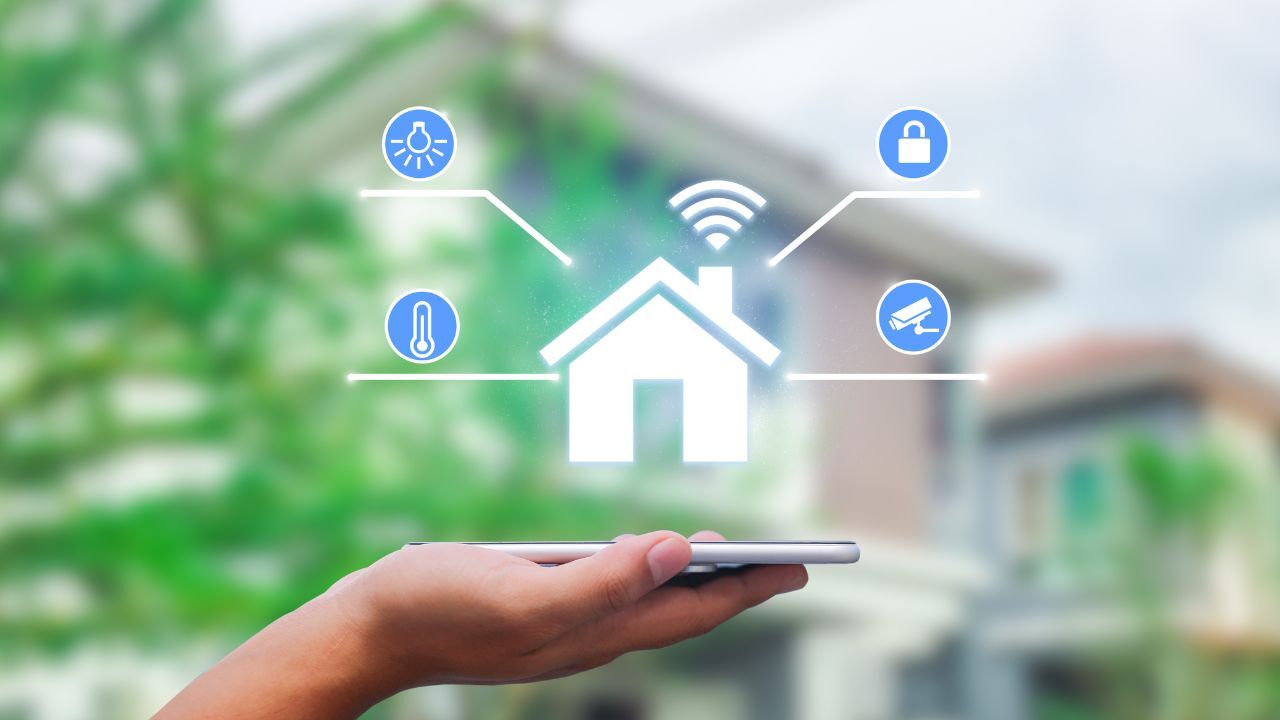 Your home is more than just a place to live, it is where your family feels safe and where your most valuable belongings are kept. Protecting it from potential dangers like fire and flooding is essential. Thanks to modern technology, keeping your home secure has never been easier. Here’s how you can safeguard your home with smart strategies and the latest innovations.
Your home is more than just a place to live, it is where your family feels safe and where your most valuable belongings are kept. Protecting it from potential dangers like fire and flooding is essential. Thanks to modern technology, keeping your home secure has never been easier. Here’s how you can safeguard your home with smart strategies and the latest innovations.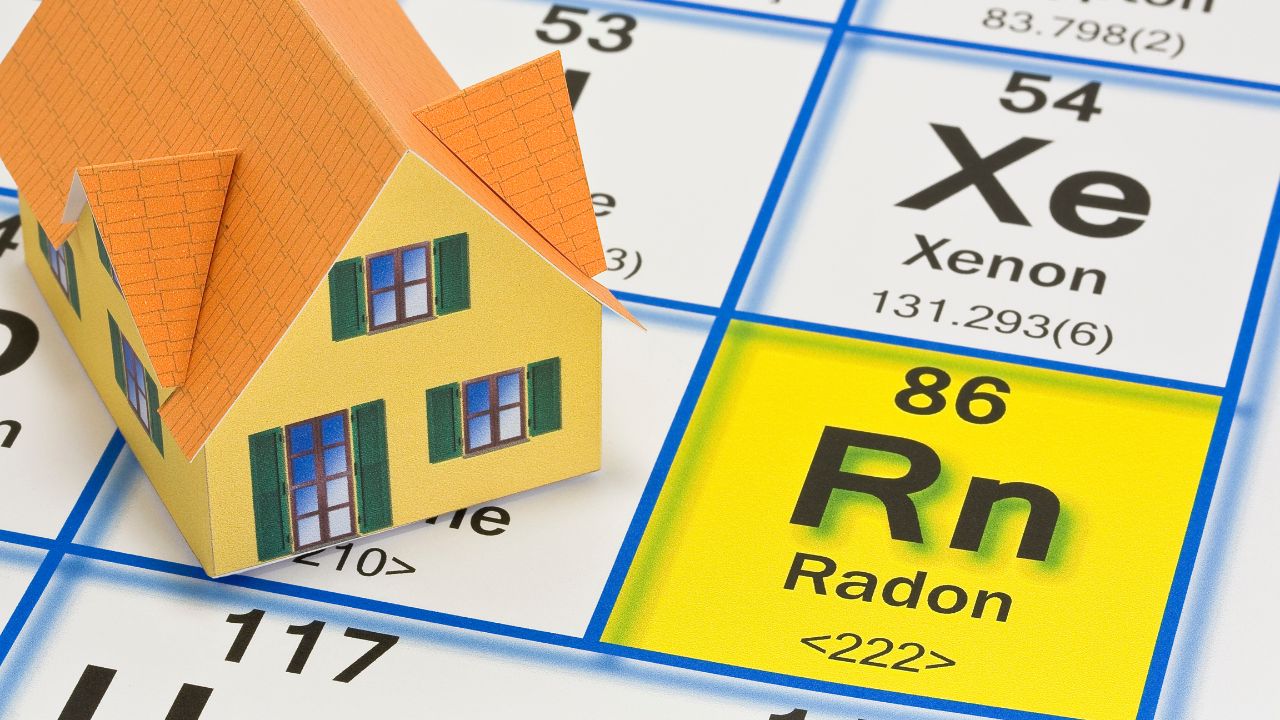 Your home should be a place of comfort and safety, but hidden dangers can pose serious risks to you and your family. Identifying and addressing these hazards is essential to maintaining a secure living environment. Here are some of the most common household dangers and how to prevent them.
Your home should be a place of comfort and safety, but hidden dangers can pose serious risks to you and your family. Identifying and addressing these hazards is essential to maintaining a secure living environment. Here are some of the most common household dangers and how to prevent them.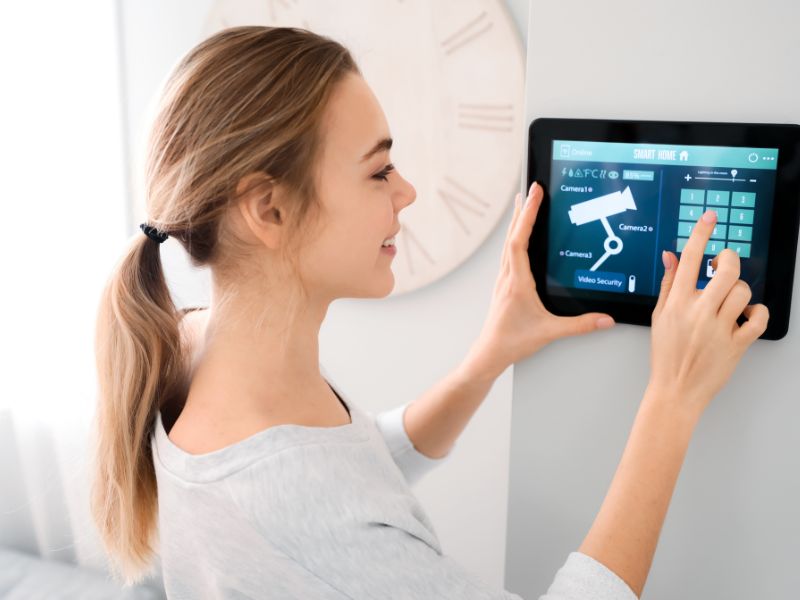 Home is where the heart is, and it’s also where you should feel the safest. Ensuring the security of your home has never been more attainable. Home security systems have evolved from simple locks and alarms to sophisticated, interconnected networks that provide round-the-clock protection. We will explore the latest innovations and timeless strategies to keep your home safe and secure.
Home is where the heart is, and it’s also where you should feel the safest. Ensuring the security of your home has never been more attainable. Home security systems have evolved from simple locks and alarms to sophisticated, interconnected networks that provide round-the-clock protection. We will explore the latest innovations and timeless strategies to keep your home safe and secure. Home renovations can be an effective way to protect your home and family from natural hazards. Start by identifying the potential hazards in your area. This can include natural disasters such as earthquakes, hurricanes, floods, wildfires, and tornadoes, as well as man-made hazards such as gas leaks and fires. Once you’ve identified the potential hazards in your area, create a plan for how you will respond to them and prepare your home to take on these natural disasters and keep your home and family safe.
Home renovations can be an effective way to protect your home and family from natural hazards. Start by identifying the potential hazards in your area. This can include natural disasters such as earthquakes, hurricanes, floods, wildfires, and tornadoes, as well as man-made hazards such as gas leaks and fires. Once you’ve identified the potential hazards in your area, create a plan for how you will respond to them and prepare your home to take on these natural disasters and keep your home and family safe.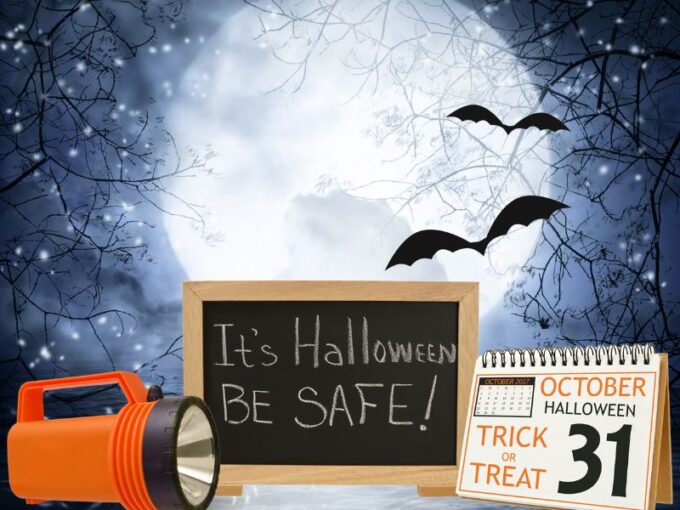 Halloween is a thrilling time of the year, filled with spooky costumes, delicious treats, and endless fun. It is also important to remember that safety should always come first. Whether you’re a parent, homeowner, or someone simply looking out for your community, keeping your family and home safe on Halloween is a top priority. Here are some valuable tips to ensure that the holiday remains full of treats and without any tricks.
Halloween is a thrilling time of the year, filled with spooky costumes, delicious treats, and endless fun. It is also important to remember that safety should always come first. Whether you’re a parent, homeowner, or someone simply looking out for your community, keeping your family and home safe on Halloween is a top priority. Here are some valuable tips to ensure that the holiday remains full of treats and without any tricks.